Stay Safe From Carbon Monoxide This Heating Season
Updated: 11/04/2024
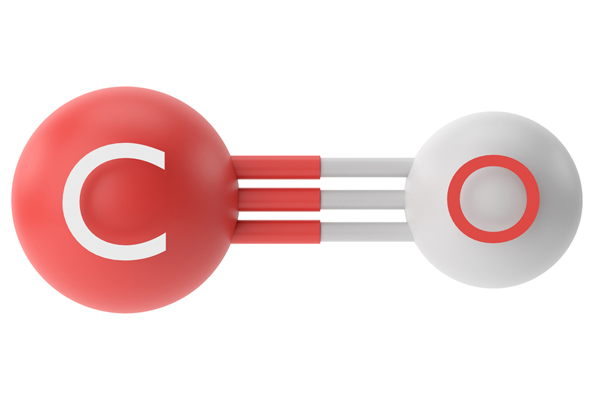
Ensuring your home stays a safe and comfortable haven during the chilly months is crucial. Key to this is maintaining a heating system that’s not only robust but also impeccably operational. Even the sturdiest systems can encounter issues, underscoring the importance of vigilance. Heating systems utilize fuel to create warmth, a process that, by its nature, produces carbon monoxide (CO). Awareness of the risks associated with CO is vital, as is the proper functioning of your home’s carbon monoxide detector.
Regular checks and upkeep of these detectors are essential to safeguard against the potential dangers posed by carbon monoxide during the heating season. CO is a stealthy hazard—it’s both odorless and colorless, making it undetectable without proper equipment. Its presence can cause serious health risks to both humans and pets, and prolonged exposure may even prove fatal. However, you can take several steps to protect your household from this dangerous gas. Keep reading this article from McAllister Energy to learn more!
Understanding Carbon Monoxide and Its Risks During Heating
Contents
- 1 Understanding Carbon Monoxide and Its Risks During Heating
- 2 Initiating Carbon Monoxide Safety in Your Home
- 3 Key Causes of Indoor Carbon Monoxide Accumulation
- 4 Understanding the Spectrum of Carbon Monoxide Poisoning Symptoms
- 5 Immediate Actions for Suspected Carbon Monoxide Exposure
- 6 Carbon Monoxide FAQs
- 7 Conclusion
- 8 Contact McAllister Energy for Comprehensive HVAC Services
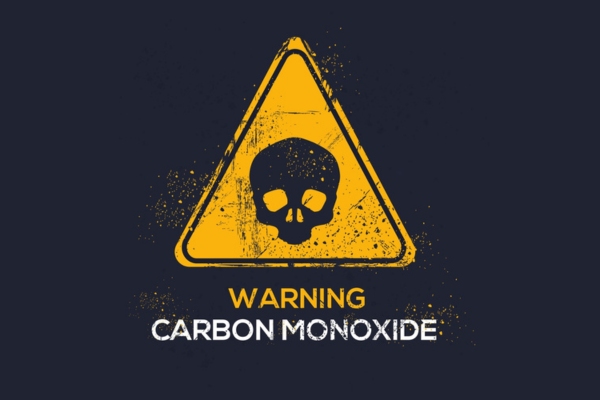
Carbon monoxide (CO) is a byproduct of the heating process, generated when fuels such as propane, natural gas, heating oil, charcoal, or wood are burned. Invisible and undetectable by smell, CO can pose a significant threat without the right safety measures, such as a carbon monoxide detector in your home.
Proper ventilation systems are crucial in residences with fuel-burning appliances. These systems are designed to expel CO outside, preventing it from accumulating indoors where occupants could inhale it. Ensuring that all heating systems and fuel-burning appliances are correctly installed, vented, and regularly maintained minimizes the risk of CO leaks.
In instances where equipment may malfunction, functional CO detectors provide an essential safety net, allowing for early detection and prompt corrective action to protect your home and family.
Stay Warm and Safe This Winter! Contact McAllister Energy today to schedule your heating service appointment. Ensure your home stays cozy, warm, and safe throughout the cold months.
Initiating Carbon Monoxide Safety in Your Home
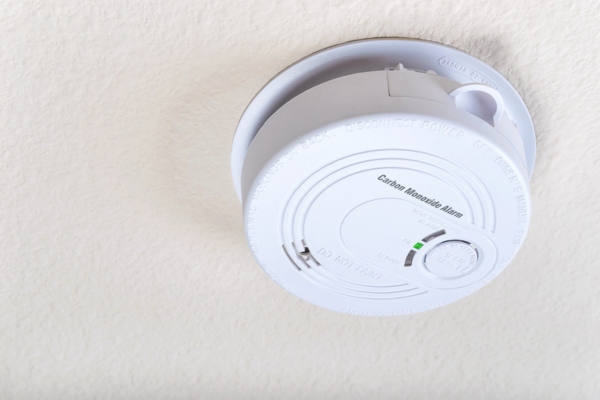
The cornerstone of carbon monoxide safety begins with installing a high-quality CO detector and alarm. Ideally, these devices should be near any appliance capable of producing carbon monoxide.
Regular testing of the CO detector and timely battery replacements are crucial. It’s advisable to perform these checks and battery changes before the onset of the colder months. During the setup of your carbon monoxide detector, it’s essential to carefully read and adhere to the manufacturer’s instructions to ensure correct installation, testing, and maintenance. This proactive approach helps maintain a safe home environment.
Key Causes of Indoor Carbon Monoxide Accumulation
Carbon monoxide build-up indoors can often be traced back to issues with your heating system’s ventilation or leaks from an aging and deteriorating unit. Regular annual maintenance and check-ups of your heating system are vital, not only for efficiency but also for safety.
Scheduling your HVAC system’s annual tune-up before the onset of the heating season is a proactive measure to safeguard your family from the dangers of carbon monoxide leaks. Potential hazards such as blockages in your flue or vent or a backdraft near your heating equipment significantly increase the risk of CO exposure.
To ensure your system is ready and safe, contact your reliable local HVAC service provider for a thorough diagnosis and necessary repairs before the colder weather sets in. This preventive approach helps avoid heating issues when you need your system most.
Discover Superior Heating Solutions! Connect with McAllister Energy today to book your heating service appointment. Experience the benefits of safe, dependable, and efficient heating throughout the season.
Additional Indicators of Carbon Monoxide Presence
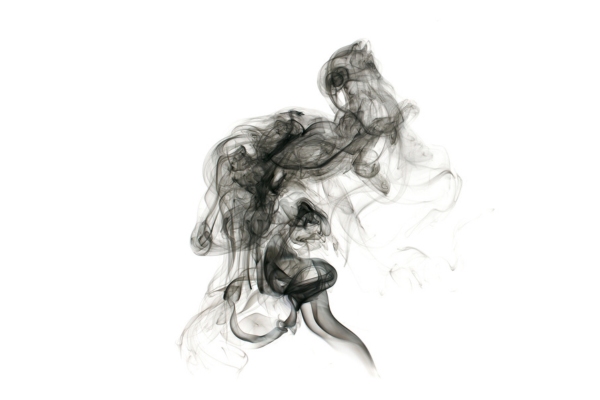
Beyond the warnings from your CO alarm, physical signs can indicate a carbon monoxide build-up. CO is a byproduct of fuel combustion, and its exhaust characteristics can vary with different fuel types.
For instance, oil-based heating systems may emit smoke and soot when carbon monoxide is present, signaling incomplete combustion. An increase in soot production requires immediate attention from a professional HVAC service. Conversely, malfunctioning gas heating systems may display a yellow or orange flame rather than the typical blue, and occasional flashes of these colors can also signify combustion issues. In both scenarios, these signs point to potential dangers that need prompt resolution.
Act Before the Cold Hits! Contact McAllister Energy now to schedule a preventive heating service. This will ensure that your system works smoothly and efficiently throughout the season.
Understanding the Spectrum of Carbon Monoxide Poisoning Symptoms

Carbon monoxide (CO) is dangerous for humans and animals. The severity of symptoms escalates based on the CO concentration and the duration of exposure. CO interferes with the body’s ability to carry oxygen in the blood, leading to a range of health issues categorized as mild, moderate, or severe.
Mild symptoms often manifest as headaches, nausea, dizziness, and general fatigue—early signs sometimes mistaken for flu symptoms. Moderate exposure can intensify these symptoms, leading to severe headaches, profound confusion, marked disorientation, and increased drowsiness, which may impair an individual’s ability to react to the danger.
In severe cases, the consequences of carbon monoxide poisoning are critical and potentially fatal, with symptoms including cardiac abnormalities, convulsions, loss of consciousness, and even death. Long-term exposure can also result in severe neurological damage and other chronic health issues. Immediate medical attention is crucial at any level of exposure, especially as symptoms worsen, to prevent long-term health consequences or fatalities.
Immediate Actions for Suspected Carbon Monoxide Exposure
If you suspect carbon monoxide (CO) exposure due to symptoms or an alarm alert, immediately turn off all fuel-burning appliances. Open windows and doors to let fresh air circulate. Promptly evacuate your home and seek fresh air outside. It’s crucial to report any symptoms of CO poisoning to a healthcare provider without delay.
Always treat CO detector alerts as genuine warnings. Swift and cautious action is essential—erring on the side of safety can prevent serious health risks or fatalities.
Maximize Your Heating Efficiency! Contact McAllister Energy today to schedule your heating service appointment and boost your home’s energy efficiency and comfort.
Carbon Monoxide FAQs
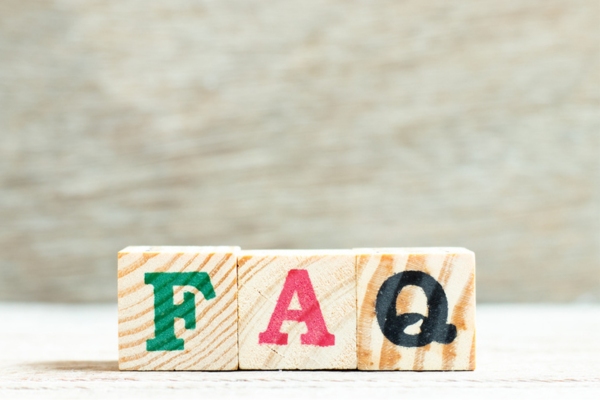
What is Carbon Monoxide and What Makes It Hazardous?
Carbon monoxide (CO) is an invisible, scentless gas that forms when materials like gas, oil, wood, and coal are combusted. It poses significant health risks because it prevents the blood from effectively carrying oxygen. Exposure can cause symptoms like nausea, headaches, and dizziness, and it can be lethal with high concentrations or extended exposure.
How Can Carbon Monoxide Be Detected in My Home?
The most reliable method for detecting carbon monoxide in your home is to install CO detectors on each level, particularly close to sleeping areas. These detectors are crafted to sound an alarm when they sense elevated CO levels, providing an early warning to ensure your safety.
What Are Typical Sources of Carbon Monoxide in Homes?
Gas furnaces, water heaters, stoves, and fireplaces are common sources of carbon monoxide in homes—essentially, any appliances that burn fuel. Additionally, carbon monoxide can originate from vehicles running in attached garages or indoor use of generators or grills.
Keep Cozy and Secure! Contact McAllister Energy today to book your heating system maintenance and prevent any unforeseen problems throughout the winter.
What Actions Should I Take If My Carbon Monoxide Detector Activates?
If your carbon monoxide (CO) detector sounds an alarm, promptly evacuate your home and contact emergency services. Do not return inside until a professional has inspected the premises and confirmed it is safe. Ensure all family members are safe and accounted for, and refrain from using any fuel-burning appliances until they have been thoroughly inspected and cleared by experts.
How Can I Avoid Carbon Monoxide Poisoning in My Home?
Ensure all fuel-burning appliances are correctly installed and routinely maintained to mitigate the risk of carbon monoxide (CO) poisoning. Avoid using generators, grills, or any gas-powered equipment inside your home. Ensure that vents and chimneys are free from obstructions to maintain proper airflow, and always operate vehicles outside of enclosed garages. Regular carbon monoxide detector testing and timely battery replacements are also crucial for maintaining safety.
Conclusion
Carbon monoxide poisoning poses a significant risk in homes with fuel-burning appliances. The most effective defense includes maintaining a fully functional carbon monoxide detector and scheduling annual heating system maintenance. Since carbon monoxide is odorless and colorless, the detector provides crucial alerts. However, professional inspections of your heating unit remain the best preventive measure. Ensure a professional checks your system before the cold season begins to keep your home safe and warm.
Stay Warm And Worry-Free! Contact McAllister Energy today to schedule your heating system maintenance and ensure your home stays comfortable and safe all winter long.
Contact McAllister Energy for Comprehensive HVAC Services
McAllister Energy offers top-notch heating and cooling services across Camden County, NJ. Our team comprises highly skilled, professionally certified technicians adept at delivering exceptional HVAC tune-ups, repairs, installations, and replacements. They possess the expertise required to handle your HVAC system efficiently.
We pride ourselves on having the most competitive prices in the region. Our maintenance services enhance comfort and increase energy efficiency, helping lower your heating and cooling expenses.
Should you require an HVAC repair or a new system, we’ll guide you to the best options for your budget. We stand behind our work with a satisfaction guarantee. Call McAllister Energy today to book a service appointment and receive a free, in-home consultation.
You can click here to contact us now or call us at (856) 665-4545 to find out more! Click the link to view our service area.

Related Articles: